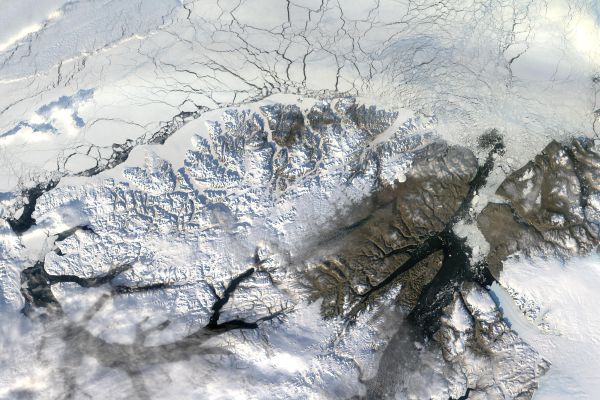Jari Haapala (FMI): Arctic sea ice changes - from quiet to a more dynamic regime
Jari Haapala explains how thermodinamical and dynamical factors affect the arctic sea ice characteristics.
The mass balance of the Arctic Sea ice depends on thermodynamical and dynamical factors. Thermodynamical and mechanical sea ice state variables are strongly coupled, but the strength of coupling varies in daily, seasonal, and climate time scales. When the ice pack is thick, solid, and compact, this coupling is strong and large areas of pack ice are mechanically connected. In these circumstances, the internal stress of pack ice accumulates and reduces differences in ice motion. In these conditions drift speed of the Arctic Sea decreases, the age of ice increases and the total mass of the ice pack increases. On the contrary, a thinner ice pack which includes cracks, leads, or larger open water areas is in turn mechanically weakly connected, exhibits larger variations in motions in shorter time and length scales drifts with higher speed, and exhibits shorter residence time in the Arctic. In this talk, the importance of ice dynamics on sea ice mass balance is reviewed and new findings based on the MOSAiC campaign are discussed.

